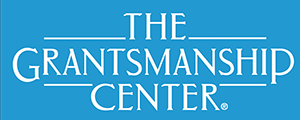Planning vs. Program Grants - part 1 of 2

We get enquiries almost every day asking when the updated version of Program Planning & Proposal Writing will be available. Even though this classic guide for the nonprofit field was written in 1972, it's still in demand. With more than a million copies used and treasured by organizations all over the globe, we are delighted to tell you that the updated version will be ready this October!
In the meantime, here's a sneak peek, just a small slice—the first part of a 2-part excerpt from the addendum of Grantsmanship: Program Planning & Proposal Writing. The topic is the difference between a planning and an implementation (or program) grant proposal. Enjoy!









